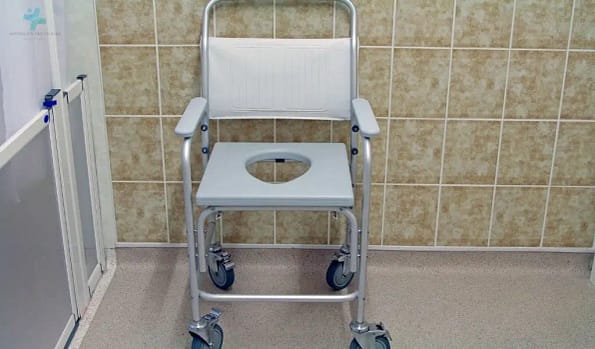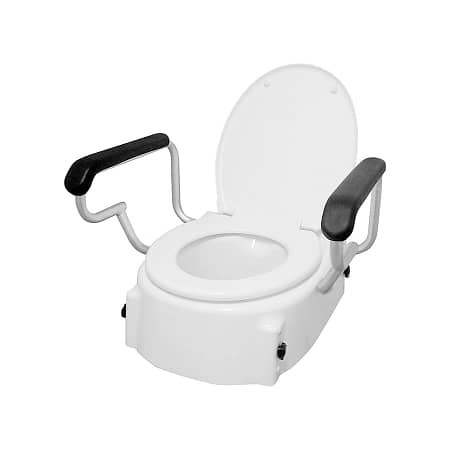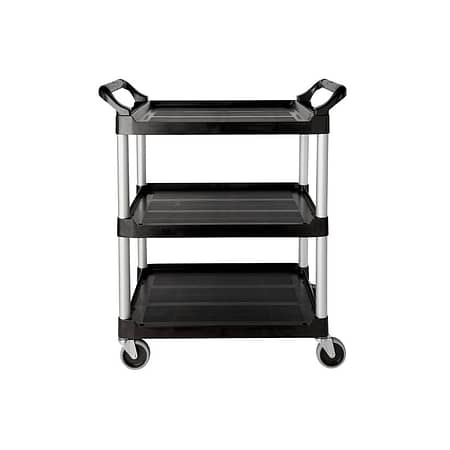How Do Commode Chairs Play a Transformative Role in Enhancing Daily Living for Individuals with Mobility Challenges?
Understanding Commode Chairs
Commode chairs, a pivotal tool in enhancing accessibility, serve as a testament to innovation in healthcare. Designed to meet the diverse needs of individuals facing mobility challenges, these chairs provide a blend of functionality and independence, thereby revolutionising daily living. Understanding their significance extends beyond mere convenience; it’s about acknowledging the critical role they play in fostering autonomy and dignity for users. By integrating advanced features and ergonomic designs, modern commode chairs not only improve safety and comfort but also promote a sense of freedom in the personal lives of those who rely on them. As such, they are not just healthcare devices but essential companions in navigating the complexities of daily routines, underlining the paramount importance of accessibility in fostering inclusive, supportive environments.
The Evolution of Commode Chairs
From Basic Designs to Modern Innovations
Commode chairs have undergone a remarkable transformation, evolving from simple, functional designs to sophisticated aids equipped with the latest innovations. This evolution reflects a deeper understanding of the needs of individuals with mobility challenges, leading to more comfortable, adaptable, and aesthetically pleasing models that fit seamlessly into any living space.
Technological Advances and Features
The leap in technological advances has introduced features such as adjustable height, tilt-in-space functionality, and lightweight, durable materials into commode chair designs. These features enhance user and caregiver experiences by improving safety, ease of use, and comfort. Moreover, some models now incorporate smart technology for health monitoring, highlighting the role of innovation in improving the quality of life for users.
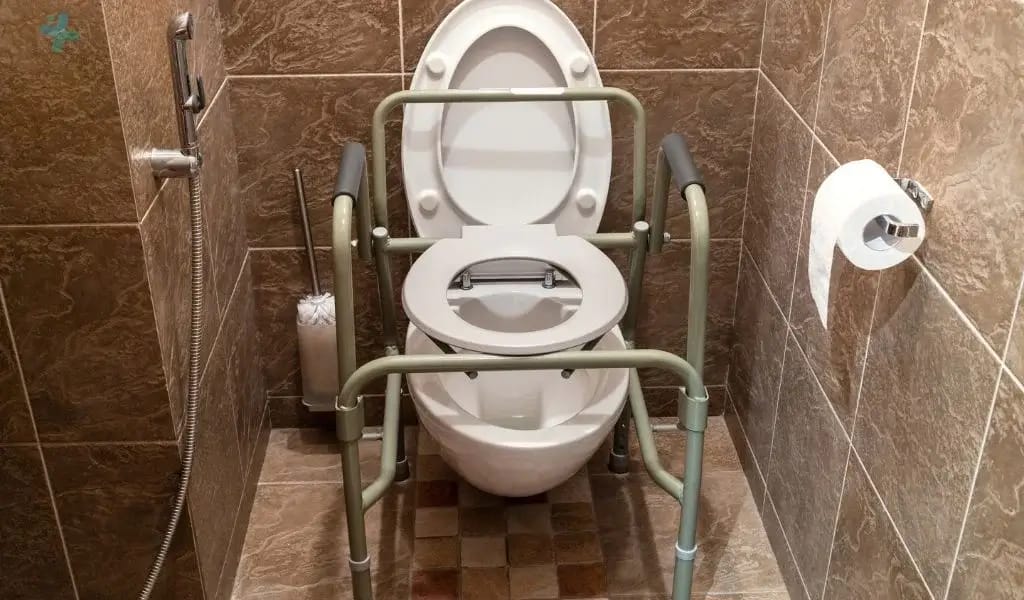
Impact on Quality of Life
Promoting Independence
Commode chairs significantly contribute to the independence of individuals with mobility challenges. By offering users the ability to manage personal hygiene and daily routines without constant assistance, these chairs empower them, enhancing their sense of autonomy and self-reliance. Real-life case studies have shown how the right commode chair can transform daily activities, making them safer and more accessible, thereby improving overall quality of life.
Enhancing Safety and Comfort
The ergonomic designs of modern commode chairs focus on ensuring maximum safety and comfort for the user. These chairs are tailored to prevent falls, reduce the risk of skin issues, and support the user’s body correctly, thereby mitigating the physical strain on both users and caregivers. The benefits of such designs are profound, offering a safer, more comfortable experience that supports the health and well-being of individuals with mobility challenges.
Choosing the Right Commode Chair
Selecting the appropriate commode chair is crucial for enhancing the quality of life for individuals with mobility challenges. This decision should be informed by several key factors to ensure the chair meets the specific needs of the user.
Factors to Consider
Individual Needs and Space Constraints
When choosing a commode chair, consider the user’s physical requirements, such as weight capacity and the need for additional support features like armrests or adjustable height. Space constraints in the home or facility also play a significant role, dictating the size and mobility of the chair, whether it needs to be easily movable or fit in a confined area.
Material and Durability
The construction material of the commode chair affects both its comfort and longevity. Look for chairs made from materials that are easy to clean, resistant to corrosion, and durable enough to withstand daily use. Additionally, consider the material’s comfort level, especially for seat and backrest areas, to ensure the user’s comfort during prolonged periods of use.
Product Recommendations
Best for Limited Mobility
For those with limited mobility, chairs that feature drop arms for easy transfers, tilt functions to assist with posture, and wheels for mobility can be particularly beneficial. These features help to reduce the effort required for transfers, making the chair more accessible and user-friendly.
Top Picks for Comfort and Ease of Use
Comfort and ease of use are paramount when selecting a commode chair. Chairs with padded seats, ergonomic designs, and adjustable components ensure that users can remain comfortable and maintain proper posture. Additionally, models with simple, intuitive controls and easy-to-clean surfaces can significantly enhance the user experience, making daily routines more manageable.
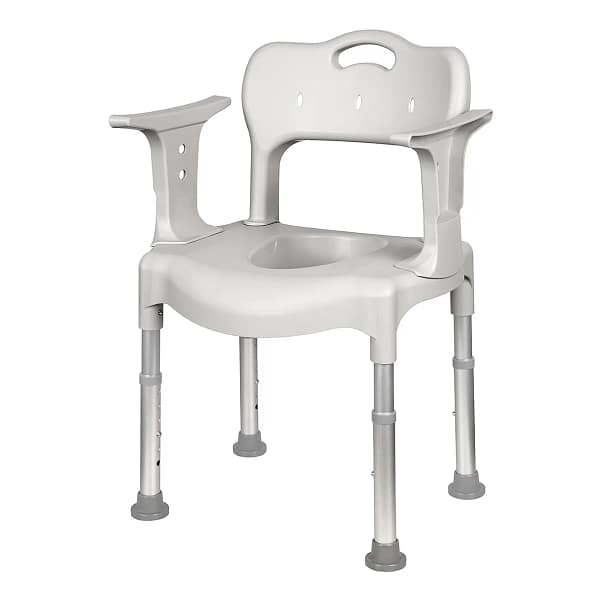
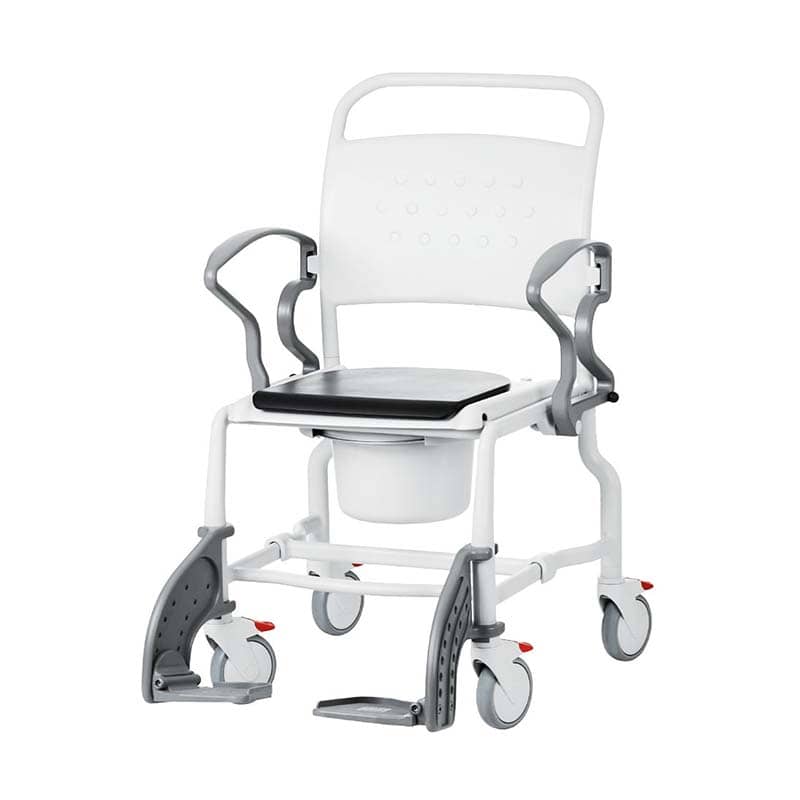
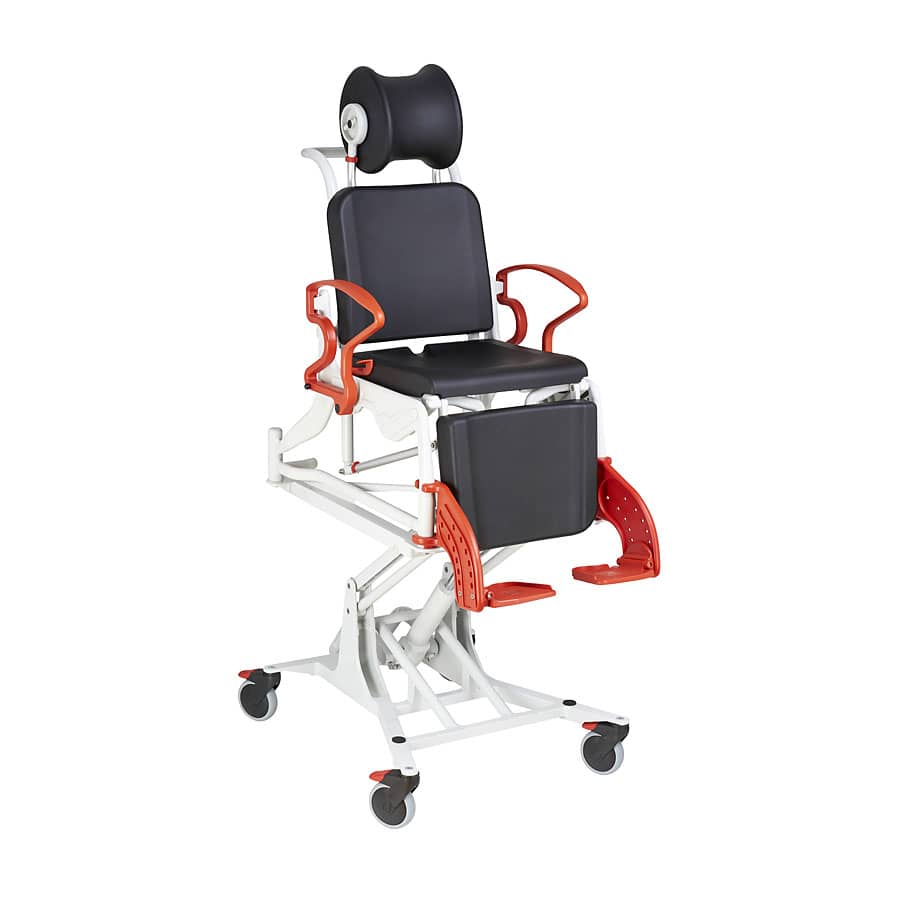
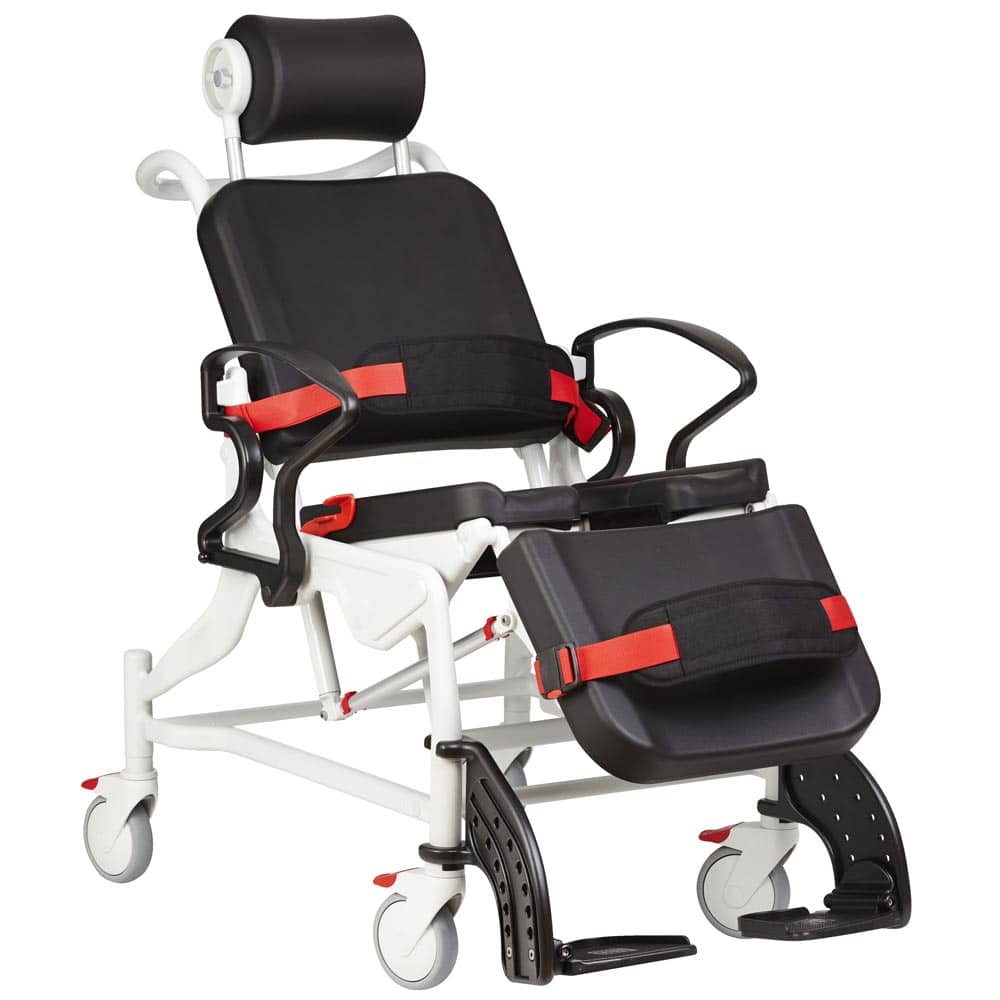
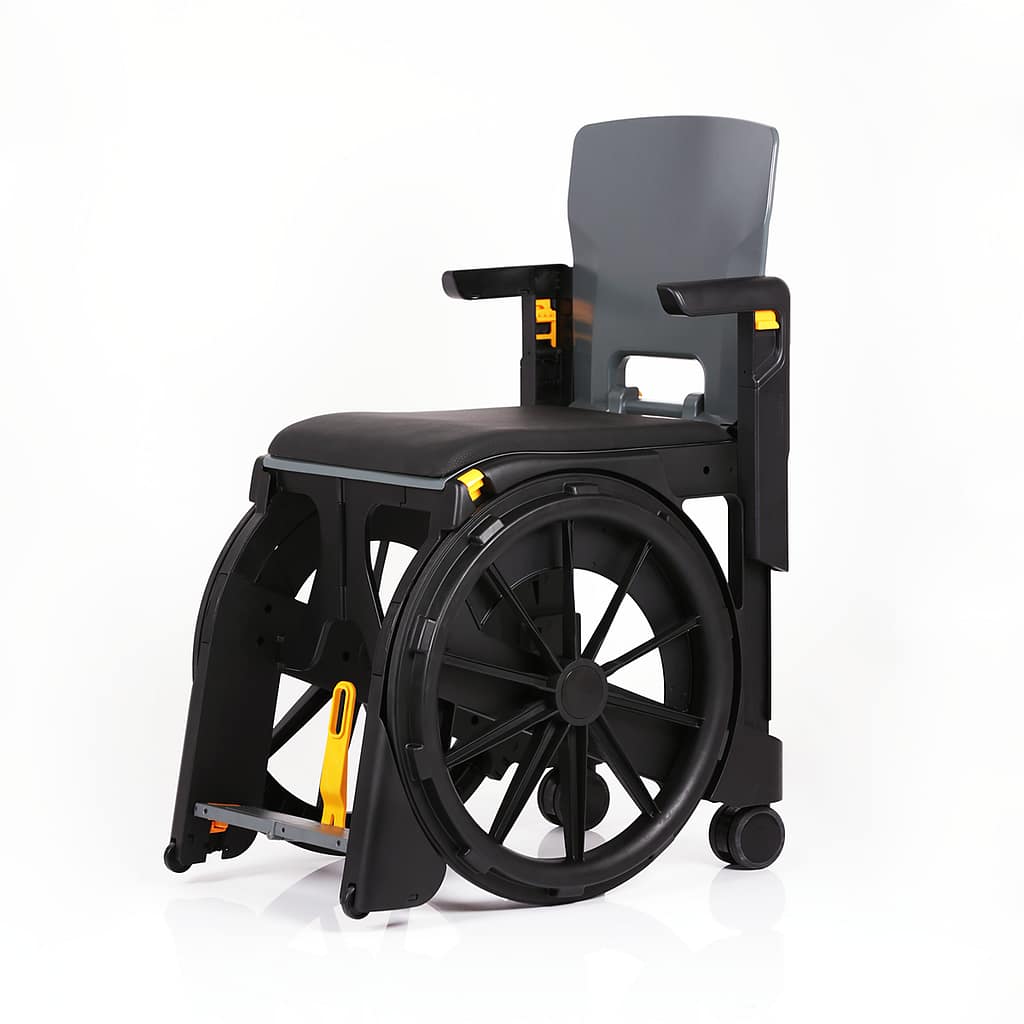
Integrating Commode Chairs into Daily Living
Successfully incorporating a commode chair into daily routines requires thoughtful consideration of the user’s lifestyle, space, and care requirements. Below, find concise guidance aimed at ensuring a smooth, dignified integration of these vital tools into everyday life.
Practical Tips for Users and Caregivers
To seamlessly integrate commode chairs into daily living, it’s crucial to prioritize user comfort and accessibility. Position the chair in an easily accessible location that respects the user’s privacy while ensuring safety during transfers. Encourage regular communication between users and caregivers to adjust the chair’s position, height, and settings as needed to accommodate changing needs or preferences.
- Placement: Choose a location that is both private and easily accessible.
- Communication: Maintain open dialogue to accommodate the user’s comfort and needs.
- Training: Familiarize both user and caregivers with the chair’s features and safe transfer techniques.
Maintenance and Hygiene Best Practices
Maintaining cleanliness and hygiene is paramount when using commode chairs to prevent infections and ensure the equipment remains in good condition. Regular cleaning and disinfection of the chair, especially the commode bucket and contact surfaces, is essential. Use manufacturer-recommended cleaning agents and follow a consistent cleaning schedule. Additionally, consider using disposable liners for the commode bucket to simplify the cleaning process.
- Regular Cleaning: Disinfect the chair and bucket after each use with suitable cleaners.
- Scheduled Maintenance: Perform thorough checks and cleaning based on the manufacturer’s guidelines to ensure all parts are functioning correctly.
- Hygiene Supplies: Keep gloves, disposable liners, and sanitizing wipes or sprays readily available for caregivers and users.
By adhering to these practical tips and best practices, users and caregivers can ensure that commode chairs enhance daily living in a safe, dignified, and hygienic manner. Proper use, regular maintenance, and open communication are key to maximizing the benefits of these essential healthcare tools.

